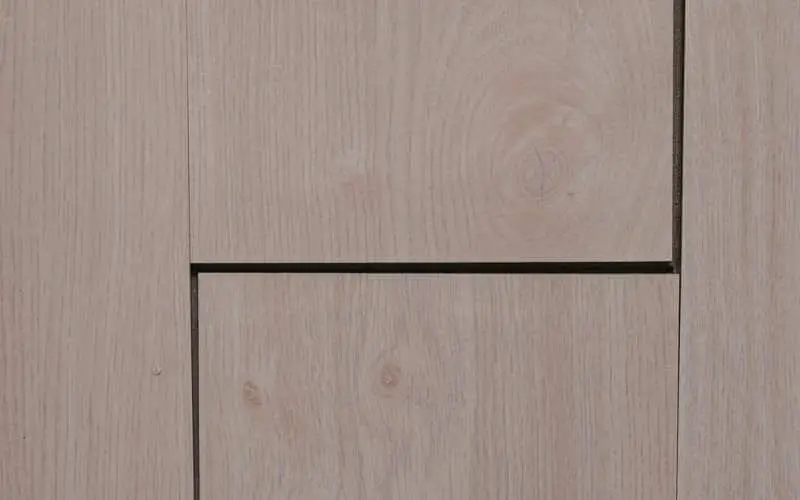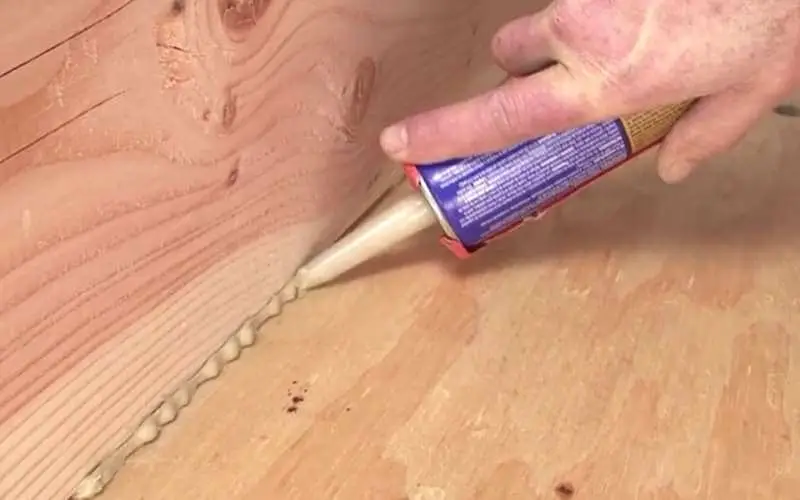Most subfloor wood floor materials can be considered well-formed and rarely have holes or gaps. In cases where they have cracks, it rarely deteriorates into a large gap. That said, the possibility of such happening is inevitable.
This post will show you how to fill large gaps in subfloors and how to repair a damaged subfloor if you eventually have one.
To fill large gaps in subfloors, you can use a cement-based mixture or a patching material known as “fix it all.”
Related: How to fill cracks in wood floor
How to Fill Large Gaps in Subfloors
Table of Contents
Filling large gaps in the subfloor requires carefulness and precision. These steps would aid you in filling up the gaps and save you the money and stress needed in calling professionals.
Leveling gaps come in two rudimentary forms; cement-based form and patching compounds. We would examine these two forms of filling large gaps in subfloors:
1. Cement Based Mixture
This compound is designed both for concrete and concrete subfloors. An example of this cement-based formulation is Henry 555 Level pro. It takes about two hours to harden and solidly form to have strong resistance against moisture and humidity.
2. Patching Compound
Its primary material, known as Fix-It-All, is the most appropriate material for gap filling because it is not hard to mix to one’s choice. You need this in filling up large gaps, even if it requires several applications.
If you want to fill a gap with a high spot and uneven ground, it is better to use leveling compound; it is a more efficient solution.
Steps in Filling Plywood Sub Floors
A very effective way of filling plywood sub is to mix patching compound to a mortar-like form and troweled into the gap in the subfloor. Give it time to dry off and then smoothen it.
Let’s see the steps required in filling the Plywood subfloor:
Step 1. Sand up the spot with sandpaper. Approximately 80-grits of sandpaper
Step 2. Mix the wood filler with some sawdust in a container.
Step 3. Fill up a syringe with the wood filler.
Step 4. Lift the plywood edge till you can place the needle within.
Related: How to fill holes in wood floors
How to Repair a Damaged Sub Floor
Here are the steps required to repair a damaged subfloor
1. Find Out the Area that Needs Removal
Mark out the points that need removal with chalk or straightedge. Most subfloor damages are a result of water stains and spillage. Measure the area that needs a new board, so you know how to get the new board.
2. Pull Out the Damaged Sub Floor
Using the area you have marked as a guild, use a saw to remove the destroyed places in the subfloor.
Do this with absolute carefulness to avoid damaging sensitive things like wires that might have run underneath the floor. Use a pry bar to pull out rotten woods from the subfloor.
3. Reinstate Floor Joists
Before you consider applying the patch, you should reinforce your joist with lumber that has almost the same dimension as it. Then apply insulation, and place the insulation under your pipe and electrical wires.
4. Install the Patch
Using a hammer and nails, install the patch on your joist. When placing it, be sure to leave a few inches between the newly fixed floor and the old one because the new patch tends to expand in size.
Read: How to fix gap in hardwood floor after installation
Conclusion
Filling up large gaps in a subfloor is not complicated if you follow the steps duly. Even without the help of a professional, you can do a pretty good job and have it fixed so well.
Following the steps covered on how to fill large gaps in subfloors, you should be ready to roll your sleeves, restore your floor’s look and protect your subfloor from future gaps or holes.

